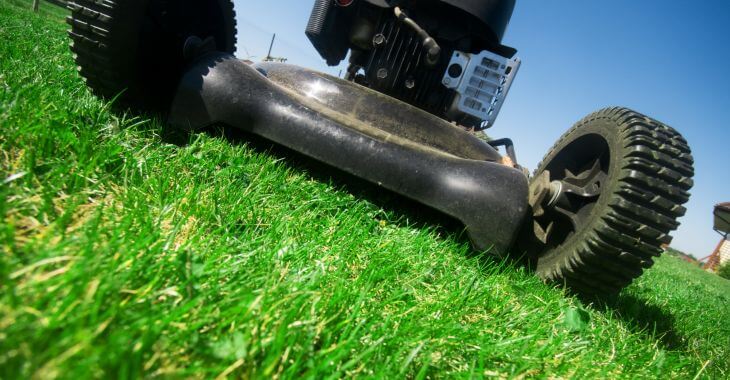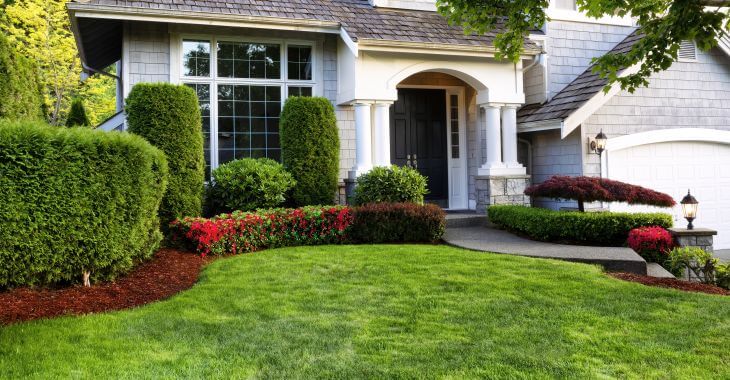Does Your Lawn Need Dethatching?
Getting your lawn ready for a green summer takes some spring planning. For many lawns, a dethatching in the spring time can have many benefits, allowing nutrients and water to penetrate the roots for healthy, beautiful grass. Thatch accumulates in the form of old grass and other organic material throughout the year and although it will dissipate naturally, dethatching can hasten the process.Dethatching should be part of your regular lawn care and maintenance program.
Determining When And If To Dethatch
Each climate and type of grass can require dethatching at different times of the year. However, if your lawn was not dethatched in the previous fall, it may need to be done this spring. The first step is to determine how much thatch you have. For most lawns, if there is more than ½ inch of thatch accumulated in your grass, it could be beneficial to dethatch.
The next step is deciding when is the best time of spring to begin dethatching. Different types of turf and climate should be done in either late or early spring.
- Early spring. Cool-season turf such as Kentucky bluegrass and creeping bentgrass usually should be dethatched in early spring, after the growing season begins.
- Late spring. Warm-season turf such as Bahia and Bermuda grass can be done in late spring or early summer. Some warmer regions like the coastal south can dethatch these turfs in early spring.
Timing is important with dethatching. Considering the different elements that can affect when is best to dethatch your lawn, it is best to hire to a professional landscaper to perform the task. They can evaluate your lawn and determine when is the best time to remove excess thatch to get your lawn ready for summer.
Posted on behalf of Cunningham Landscape Group

